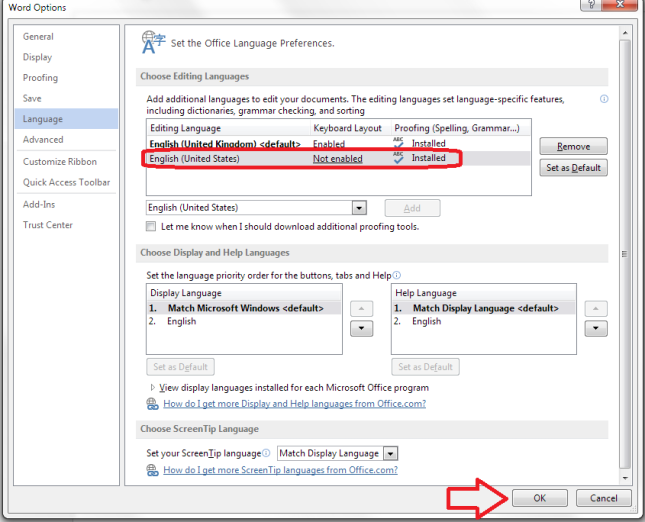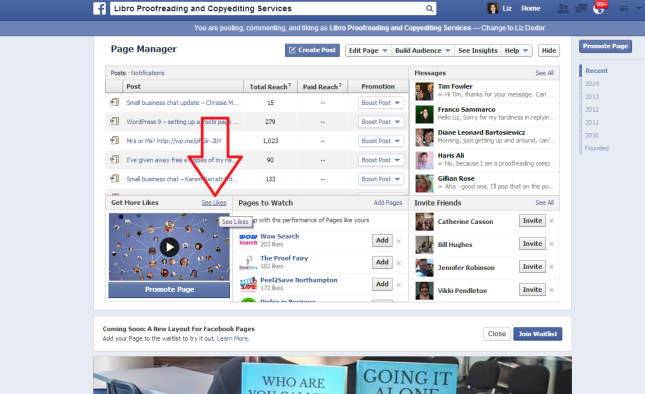 Today we have a guest post by Chinny Ogbuagu from Pitney Bowes, who’s going to share with us her tips for spring-cleaning your budget as you submit your tax return and move through the new financial year. It’s always good to get other people’s views on these matters, and it’s timely for me as I sort out my bank statements and records and get them all sent off to my accountant. You don’t leave it until January, do you? Read on for plenty of handy tips and hints …
Today we have a guest post by Chinny Ogbuagu from Pitney Bowes, who’s going to share with us her tips for spring-cleaning your budget as you submit your tax return and move through the new financial year. It’s always good to get other people’s views on these matters, and it’s timely for me as I sort out my bank statements and records and get them all sent off to my accountant. You don’t leave it until January, do you? Read on for plenty of handy tips and hints …
Many of us think of spring cleaning as dusting away those cobwebs, sorting out your clothes and tidying up your house. Many business owners don’t often think about the new financial year: here are some top tips on how you can start planning by streamlining your budget for the coming year.
Review Your Budget
Have you ever heard of the saying “in with the new and out with the old”? You may want to spend a day going over your expenditure during the past few months and work out if there is anything you aren’t putting enough money aside for or maybe areas where you are spending too much. Look at areas in which your company can save costs such as business phones or internet providers, and maybe even costs of office rent and stationery. It’s always a good idea to review this on a monthly basis, as it can save you time and money in the long run.
Sort out your paperwork
This is the perfect opportunity to look thorough all of your paperwork and files and shred any documents you no longer need, especially if they contain any personal information such as names, bank details, addresses or phone numbers. You might need to invest in an industrial shredder for this and there are a number of affordable options for you to choose from at a number of office suppliers such as Pitney Bowes. Do take advice from your accountant on what you are allowed to shred and what you must keep for a statutory number of years.
Create Your Own Financial Calendar
Create an online financial calendar. This will help you to set reminders throughout the year to do things such as review policies and outlines tasks you should complete every month. You can even set this up in Gmail and set reminders to your mobile phone, or alternatively invest in an online financial calendar so you don’t forget when something important needs to be paid for or relooked at.
Go Paperless
You know that you have made progress when you clean out your sock drawer and you can finally close it after years or months of storing items you no longer wear.
According to the HMRC, you are advised to hang onto tax records for a particular accounting period for normally six years from the end of that period. For example, if the accounting period ends on 31 December 2012, the records have to be kept until 31 December 2018.
It might be easiest to keep the hard copies of those. But things such as bank and credit card statements, as well as pay stubs, can be scanned and stored in a cloud-based filing provider, such as Dropbox or Google Drive.
An article on Learnvest claims that you should keep your documents for the following before shredding (again, do check with your accountant and note that this can be different for different regions of the world):
Destroy in a few days:
• ATM receipts, once you record the transaction
• Bank deposit slips, once the funds appear in your account
Destroy after 1 month:
• Receipts for things you bought on a credit card, once you get your statement, unless you need it for a return or a warranty
• Credit card statement, unless it has a tax-related expense on it
It’s important for businesses to keep on top of this so that you don’t spend more than you have to:: just like you would with your shopping or household expenses, look at the best value for money. This will help to you keep up with today’s rising costs.
This article was written by Chinny Ogbuagu who works for Pitney Bowes helping small businesses to save time and money with their range of equipment and services. She’s also an avid social media user, following and commenting on industry trends.

























